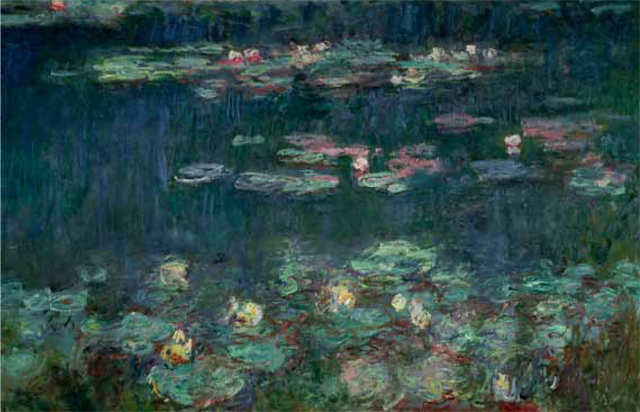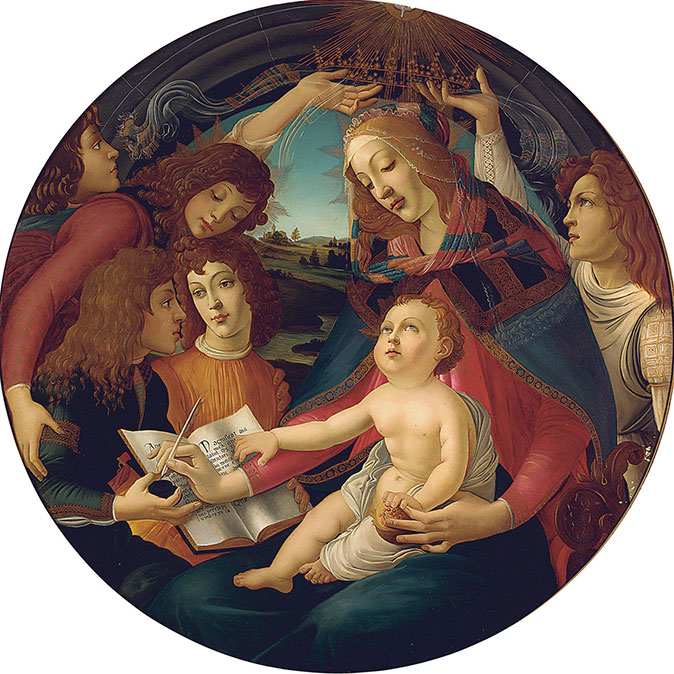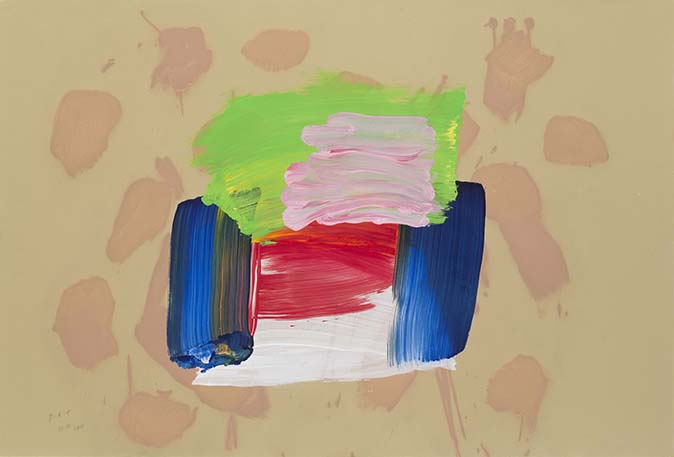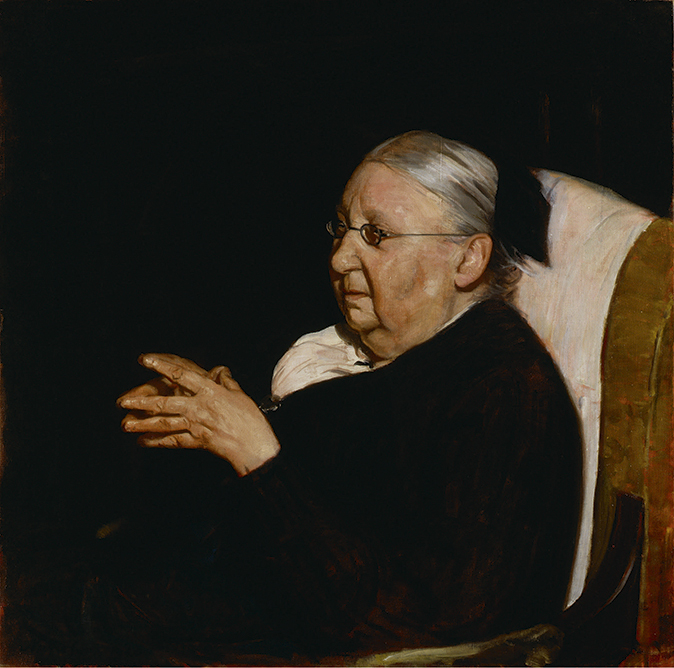My Favourite Painting: The Marquess of Cholmondeley
'It’s an image of great tenderness; Gainsborough painting for himself and his adored wife, not for a rich patron.'


The Marquess of Cholmondeley comments on Portrait of the Artist with his Wife and Daughter by Gainsborough:
'There is a wonderful freshness to this family group. The flush of Margaret Gainsborough’s cheek, the way she leans towards her husband, while gazing into the distance.
'The silks and velvets are so perfectly rendered and the artist’s crimson waistcoat, partially unbuttoned, draws the eye. It’s an image of great tenderness; Gainsborough painting for himself and his adored wife, not for a rich patron.
'Yet there is a note of sadness, as little Mary was so short lived. The painting belonged to my great uncle, Sir Philip Sassoon, who had a fascination for conversation pieces, then my grandmother Sybil. It brings back childhood memories of holidays at Houghton.'
The Marquess of Cholmondeley is the owner of Houghton Hall, Norfolk
John McEwen comments on Portrait of the Artist with his Wife and Daughter:
Crucial to the date of this painting is the inclusion of the short-lived first child of the Gainsboroughs, who were married on July 15, 1746. In her superb catalogue of the National Gallery’s British School pictures, the late Judy Egerton reckoned that it was at least begun when Mary was alive (her date of birth is unrecorded, but she was buried on March 1, 1748). Egerton describes the discreet flowers held by mother and daughter as ‘grace notes’ rather than memento mori.
It is the earliest known self-portrait by the artist, probably begun before he was 21, his wife being a year or so younger. She was Margaret Burr, illegitimate daughter of the 3rd Duke of Beaufort and an unidentified woman. An annuity of £200 was settled on her for life, from the time of the Duke’s death in 1745, which gave Gains-borough welcome financial security. Even a decade later, he could only expect 15 guineas for a half-length portrait.
Yet the Gainsboroughs’ marriage also proved an unquestioned love match. Margaret saw him through many vicissitudes, including his venereal diseases and the dreadful shadow of mental instability of their subsequent two daughters. ‘I shall never be a quarter good enough for her if I mend a hundred degrees,’ he wrote after she had nursed him through a ‘fever’ brought on by a ‘foolish Act’ on a trip to London.
Exquisite houses, the beauty of Nature, and how to get the most from your life, straight to your inbox.
The relaxed pose he adopts was a legacy of his teacher, friend and sometimes co-worker, Francis Hayman, and ultimately derived from Roubiliac’s statue of Handel in Vauxhall Gardens, where his casually crossed legs symbolised the indifference of superior minds to convention. Egerton also notes ‘the touchingly inexpert way his wife’s muslin apron is tacked on to her bodice’.

My Favourite Painting: Lulu
Lulu chooses her favourite painting for Country Life.

My favourite painting: Peter May
'Vividly coloured sailing boats in a harbour, which I gazed at for hours'

Credit: Bridgeman Images
My favourite painting: Mark Price
'The picture reminds me of her: I swear she is an angel.'

Credit: The Kiss - Gustav Klimt
My favourite painting: Danielle Steel
Danielle Steel, the world's top-selling fiction writer, admits that 'Klimt stole my heart' with this wonderful work.

Credit: Courtesy of the artist’s estate/Alan Cristea Gallery
My favourite painting: Roger Wright
'Its typically powerful brushstrokes and juxtaposed gorgeous colours give a heart warming and evocative sense of fun and nostalgia'

My favourite painting: Penelope Lively
'I love William Nicholson’s work. His still-lifes are incomparable.'
Country Life is unlike any other magazine: the only glossy weekly on the newsstand and the only magazine that has been guest-edited by His Majesty The King not once, but twice. It is a celebration of modern rural life and all its diverse joys and pleasures — that was first published in Queen Victoria's Diamond Jubilee year. Our eclectic mixture of witty and informative content — from the most up-to-date property news and commentary and a coveted glimpse inside some of the UK's best houses and gardens, to gardening, the arts and interior design, written by experts in their field — still cannot be found in print or online, anywhere else.
